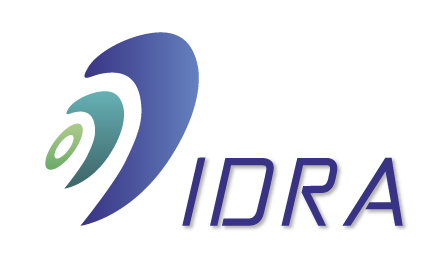
The LEED certification scheme is a voluntary certification program that can be applied to any type of building (both commercial and residential) and concerns the entire life cycle of the building itself, from the design to the construction. LEED promotes an approach directed to sustainability, recognizing the performance of buildings in key fields, such as:
- energy and water saving;
- reduction of CO2 emissions;
- improvement of ecological quality of interiors;
- employment of materials and resources;
- design and selection of the site.
The system – developed by the U.S. Green Building Council (USGBC), is based on the attribution of “credits” for each requirement. The sum of the credits is the level of certification: from Basic to Platinum certification. While this is mainly spread in the United States, it is quickly becoming a new global standard for eco-friendly construction (now it is applied in 40 different countries). It is better than other tools in enhancing the “green” features of buildings, giving them a significant added value. It also allows easy comparison between alternative real estates in the market. The LEED certification is applicable to:
- new building (commercial, condominium, office, recreational, manufacturing);
- refurbishment of an existing building;
- structural intervention;
- schools, shops, hospitals;
- housing;
- urban practice.
The Certification often permits to get special benefits and public incentives, and may attract the interest of the press on your project. A further advantage is related to the greater commercial attractiveness of the property, which economic value will be reasonably increased. In other words, a building certified LEED is a physical and tangible demonstration of the value and environmental sensitivity of the organization that owns it.
